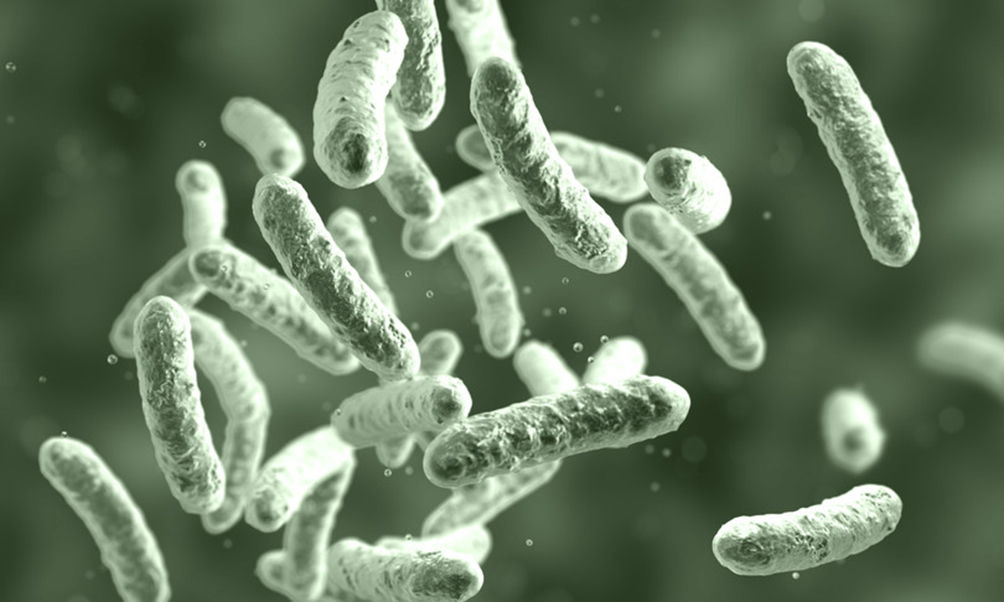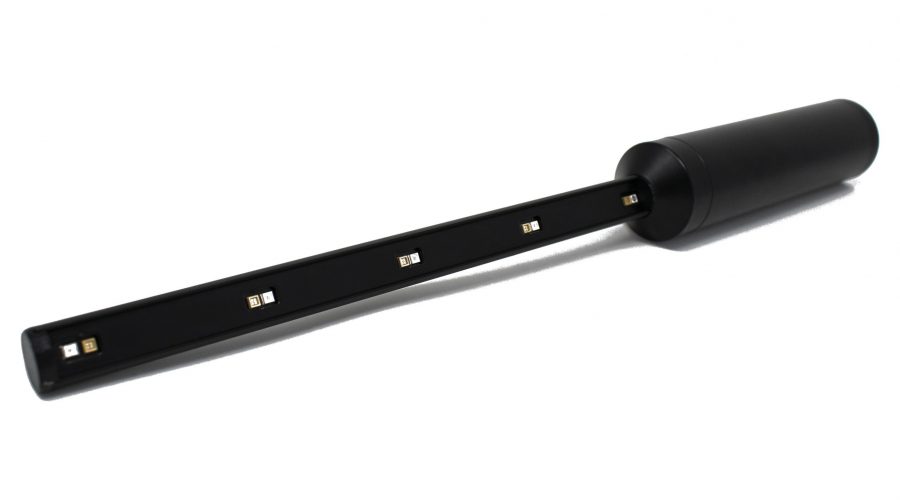After a year and a half of checks, the commission of inquiry into the tragedy that led to the death of 4 children in the pediatric ward of the Verona hospital established that the cause was the Citrobacter bacterium. The bacterium would have formed in the faucet and would appear to have caused the deaths of all four babies.
The Citrobacter bacterium, a genus of coliform Gram-negative bacteria, facultative anaerobes, belonging to the Enterobacteriaceae family (such as the better known Escherichia Coli and Salmonella). Not much is known about Citrobacter and the studies carried out on them are not very recent, in fact it was isolated for the first time in 1932 by Werkman and Gillen who described seven species, including C. freundii, C. koseri and C. amalonaticus. They are human parasites that appear to be mobile by means of flagella, capable of infecting humans and animals. They are found in water, wastewater, soils, contaminated foods and can also be found in the human intestine but are rarely a source of disease, with the exception of urinary tract infections, respiratory tract infections and more rarely childhood encephalitis. In particular, the categories of people most affected are newborns, with a higher incidence for premature babies and immunocompromised adults.
Citrobacter koseri is the best known species also as a cause of sepsis and meningitis in infants and young children, which can lead to possible abscesses of the Central Nervous System. The most common signs and symptoms include temperature instability, irritability, seizures, jaundice, vomiting, and lethargy. The onset of symptoms in newborns generally occurs between the first and 42nd day of life. Transmission can be vertical, from mother to child, or from person to person. The bacterium is frightening both because of its small victims and for having developed a dangerous antibiotic resistance over the years. The only antibiotic that shows positive effects on treated patients is colistin which, however, has toxic activity for the kidney and central nervous system.
With devastating fury, the bacterium kills about a third of children with abscesses and half suffers serious damage to the central nervous system.
Citrobacter appears to be highly susceptible to UV-C radiation like most gram negative bacteria with a very high reduction of the bacterial load.





